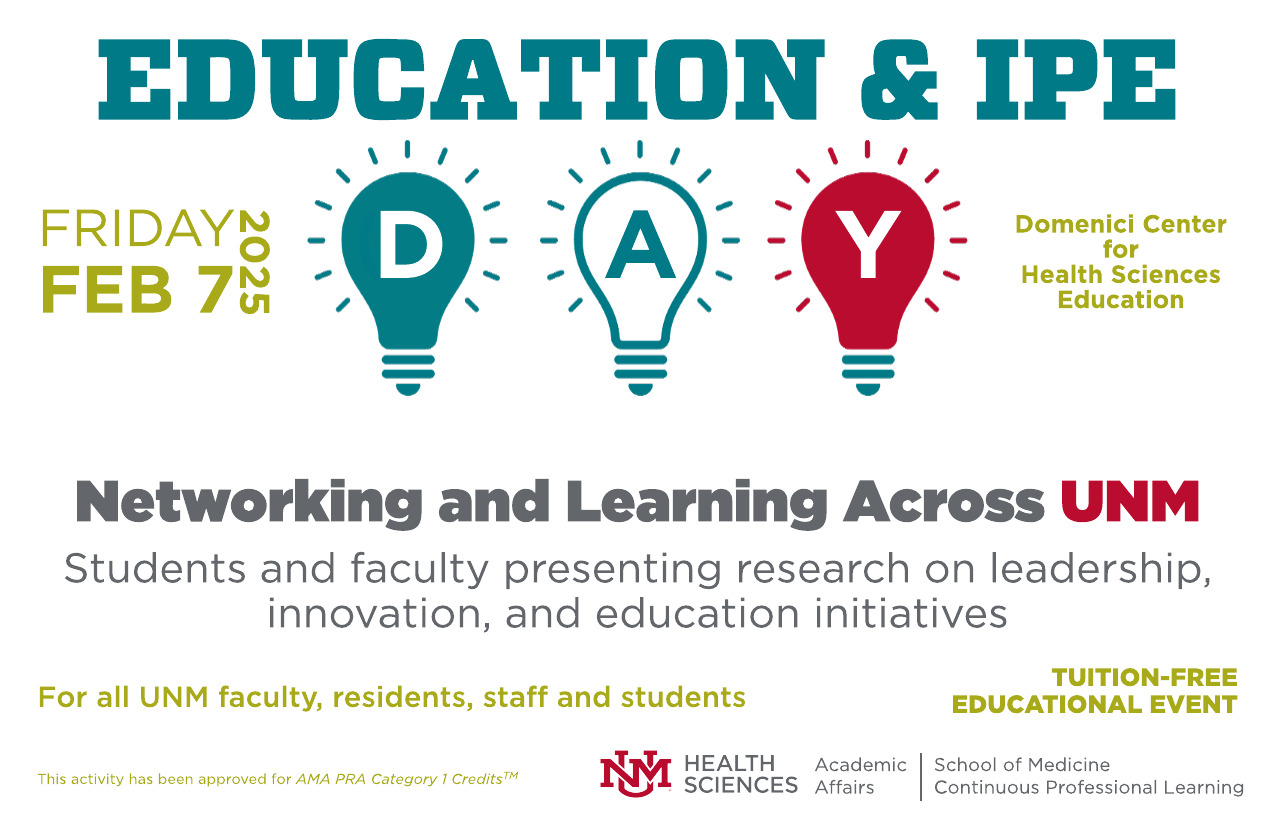
HSC Education Days
Document Type
Poster
Publication Date
9-28-2018
Abstract
Medical education has seen a paradigm shift away from traditional lecture-based teaching towards learner-centered strategies such as problem-based learning and the flipped classroom. The intensive care unit (ICU) poses unique challenges as a learning environment and teaching is complicated by high clinical demands, duty hour restrictions, and unpredictable schedules. The flipped or inverted classroom utilizes pre-class videos to deliver content to the learner prior to in-class sessions that apply fundamental concepts. The potential benefits of the flipped classroom method include the ability of learners to learn new material at their own pace outside the classroom and to engage in active learning during group activities during class time. However, the flipped classroom is not universally accepted and poses challenges including potentially increased time commitments from instructors, need for familiarity with computerbased teaching methods, and methods to assure learners complete out-of-class work. Furthermore, there is little high-quality evidence that the flipped classroom is superior to traditional methods of teaching. We developed a study to compare the two methods in the delivery of a critical care curriculum.
Recommended Citation
Kraai, Erik; Shozab Ahmed; Benjamin Deaton; Tyler Shackelford; and Michel Boivin. "Comparison of a Flipped Classroom to a Traditional Format in a Critical Care Curriculum." (2018). https://digitalrepository.unm.edu/hsc_ed_day/25

Comments
This poster was presented during the University of New Mexico Health Sciences Center Education Day, 2018.